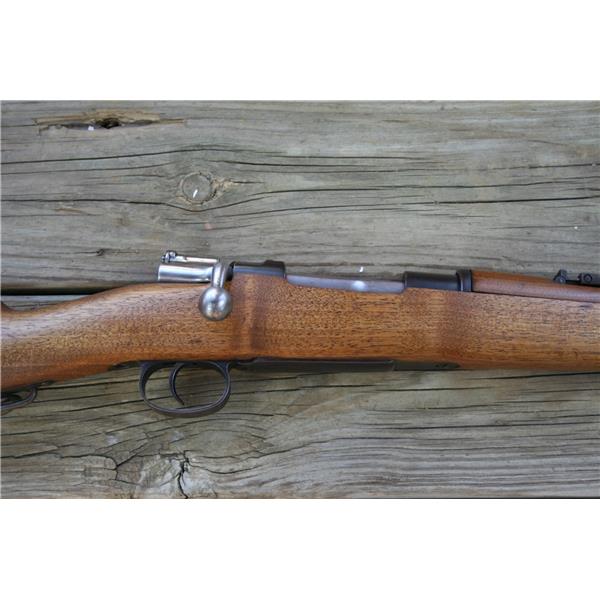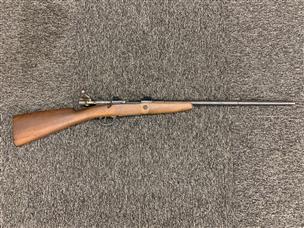

It was loaded with a 9 grams (138.9 gr) spitzer bullet fired at a muzzle velocity of 850 m/s (2,789 ft/s) with 3,251 J (2,398 ft In 1913, following the lead of French and German Army commands in developing the spitzer or pointed-tip bullet shape, the Spanish ordnance authorities issued a redesigned 7×57mm cartridge with a spitzer bullet ( 7mm Cartucho para Mauser Tipo S).

In 1893 this ballistic performance made it the high-performance service cartridge champion of its day when compared to other 1893 pattern smokeless-powder cartridges such as the 8mm Lebel.
#7mm spanish mauser free
At the same time, it exhibited relatively modest free recoil. For the late 19th century, these ballistics were impressive, and the loading provided a fairly flat trajectory combined with excellent penetration.
#7mm spanish mauser full
It featured a long, 11.2 grams (173 gr) round-nose, full metal jacketed bullet with a muzzle velocity of about 700 m/s (2,300 ft/s) with 2,744 J (2,024 ft This took a smokeless powder centerfire cartridge with a bullet with a nominal diameter of 7 mm (0.285 in), and a case length of 57 mm - hence the names "7×57mm Mauser" and "7×57mm Spanish Mauser".

The Spanish military adopted a new Mauser rifle design in 1893.

275 Rigby, after the measurement of a 7 mm rifle's bore across the lands. Many sporting rifles in this calibre were made by British riflemakers, among whom John Rigby was prominent and, catering for the British preference for calibres to be designated in inches, Rigby called this chambering the. The 7×57mm has been deservedly described as "a ballistician's delight". It is recognised as a milestone in modern cartridge design, and although now obsolete as a military cartridge, it remains in widespread international use as a sporting round. It was subsequently adopted by several other countries as the standard military cartridge. 275 Rigby in the United Kingdom, was developed by Paul Mauser of the Mauser company in 1892 and adopted as a military cartridge by Spain in 1893. The 7×57mm cartridge, also known as the 7 mm Mauser, 7×57mm Mauser, 7 mm Spanish Mauser in the USA and. Source(s): Cartridges of the World, Frank C.


 0 kommentar(er)
0 kommentar(er)
